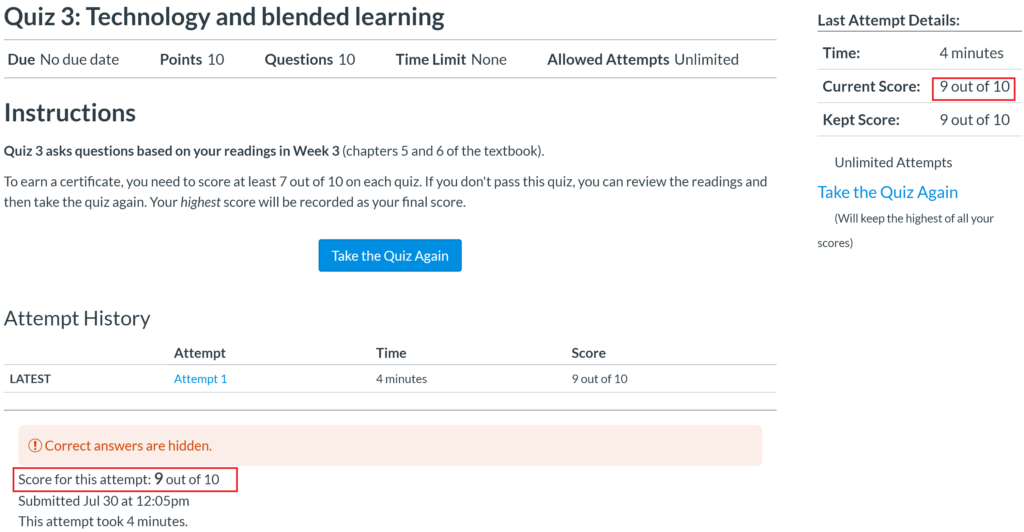Technology & Blended Learning – Blended Learning Practice MOOC Wk 3
The following post has been completed as part of my personal reflection as I work through the Blended Learning Practice MOOC ; a partnership between Commonwealth of Learning and Athabasca University. Any images, tables, or direct quotes (as indicated with the appropriate formatting) are provided from the specific course or webinar and can be credited to: Blended Learning Practice MOOC. (2020). https://www.blpmooc.org/
Technologies for Blended Learning
- define technology in the context of education and explain its role in blended learning,
- outline common components of online classrooms,
- describe tools for management, communication, creativity, and assessment, and
- evaluate the appropriateness of these tools for your own teaching or institution.
Read Chapter 5 of the Blended Learning Guidebook.
“Technology is a tool or system used to solve problems”. Technology changes so quickly and are also prone to being “trendy; educators should focus on purpose/goal rather than a specific platform.
Learning Management Systems (LMS)
- often installed at the institution level (for MVSD that would be MS Teams)
- a complete, end-to-end system
- registration and administration
- content delivery
- communication & collaboration spaces
- assessment tools
- analytics to track your class over time
How Various Technologies Can Work in Blended Learning:
- Web Conferencing
- concerns over synchronous classes due to equity
- include other built-in tools like whiteboards, chats, etc
- Digital Textbooks
- lower cost
- more up-to-date
- Blogs/Wikis
- personal and collaborative writing
- Social Bookmarking, Mashups & Digital Storytelling
- can be used both to share content but also share understanding
- Simulations, Serious Games & Virtual Worlds
- can require higher levels of connectivity
- E-Portfolios
- document understanding and change
Development of Blended Learning
- evaluate important factors to consider when selecting and implementing a learning management system,
- explain how and why activities and learning pathways should be customized for learners,
- understand the role of open educational resources in providing accessible, affordable, and sustainable learning, and
- identify and evaluate sources of open educational resources.
Read Chapter 6 of the Blended Learning Guidebook.
The Role & Common Features of a LMS
- 4 principles to consider:
- 1. can it support multiple learning strategies and provide choice
- 2. can you support the challenges that arise as part of navigating and using the LMS
- 3. make sure the LMS blends both the in-person and online components
- 4. use the LMS as your home-base but remember that you can link to outside sources
Customization of blended learning is based on the needs of individual students, their age/stage, the nature of your subject matter, your LMS, and how you organize your in-person and online activities.
Open Educational Resources (OER)
- free alternatives to fee-based materials
- flexible and adaptable through open licesning
- free for educators to incorporate, modify, extend, and share
- more adaptive, relevant and meaningful
Week 3 Quiz Results

Read all the posts from the Blended Learning Practice MOOC
1 thought on “Technology & Blended Learning – Blended Learning Practice MOOC Wk 3”